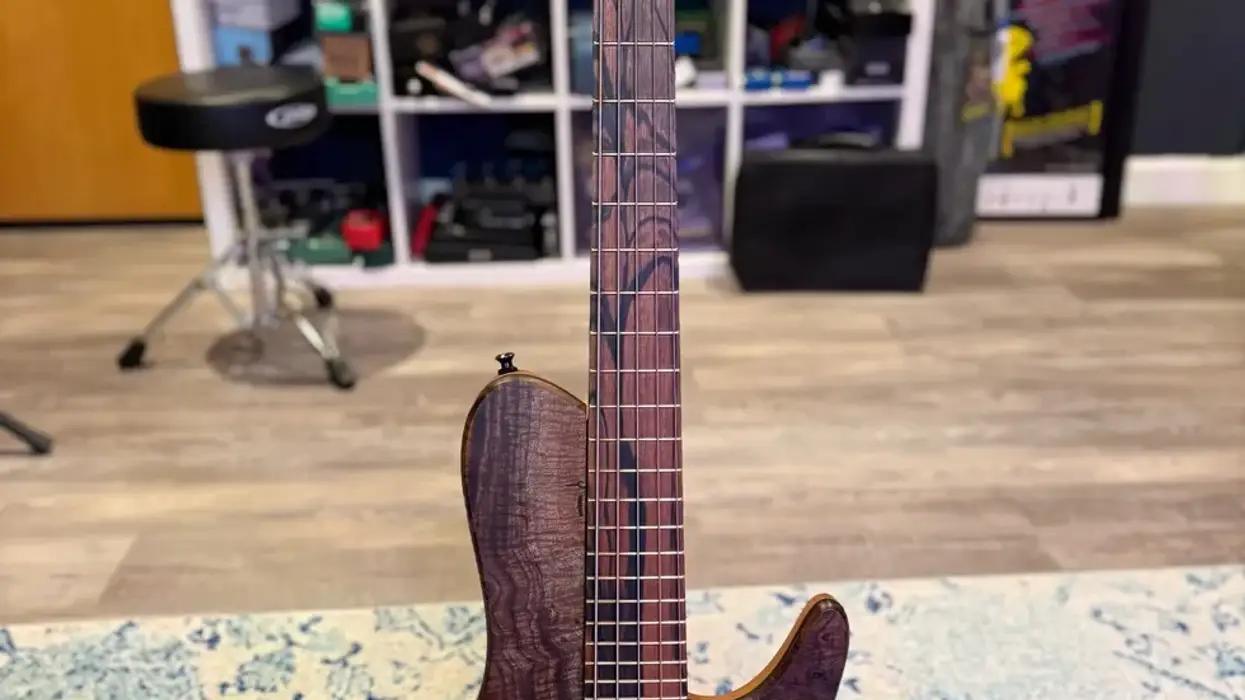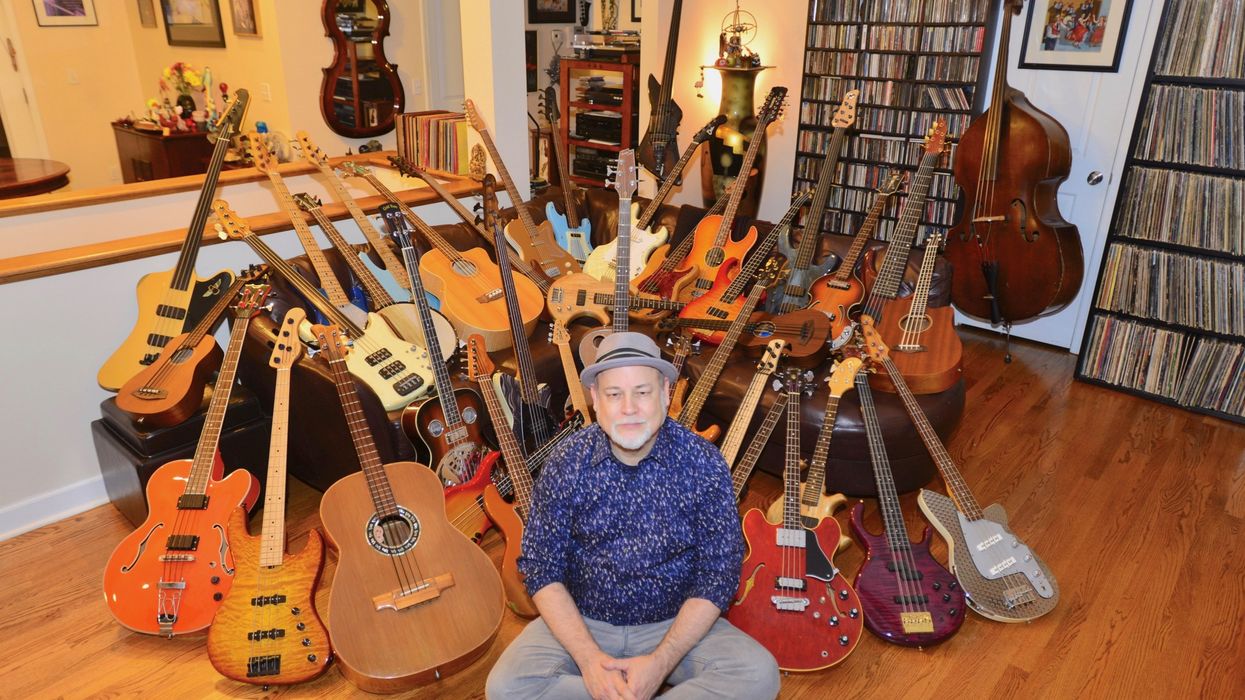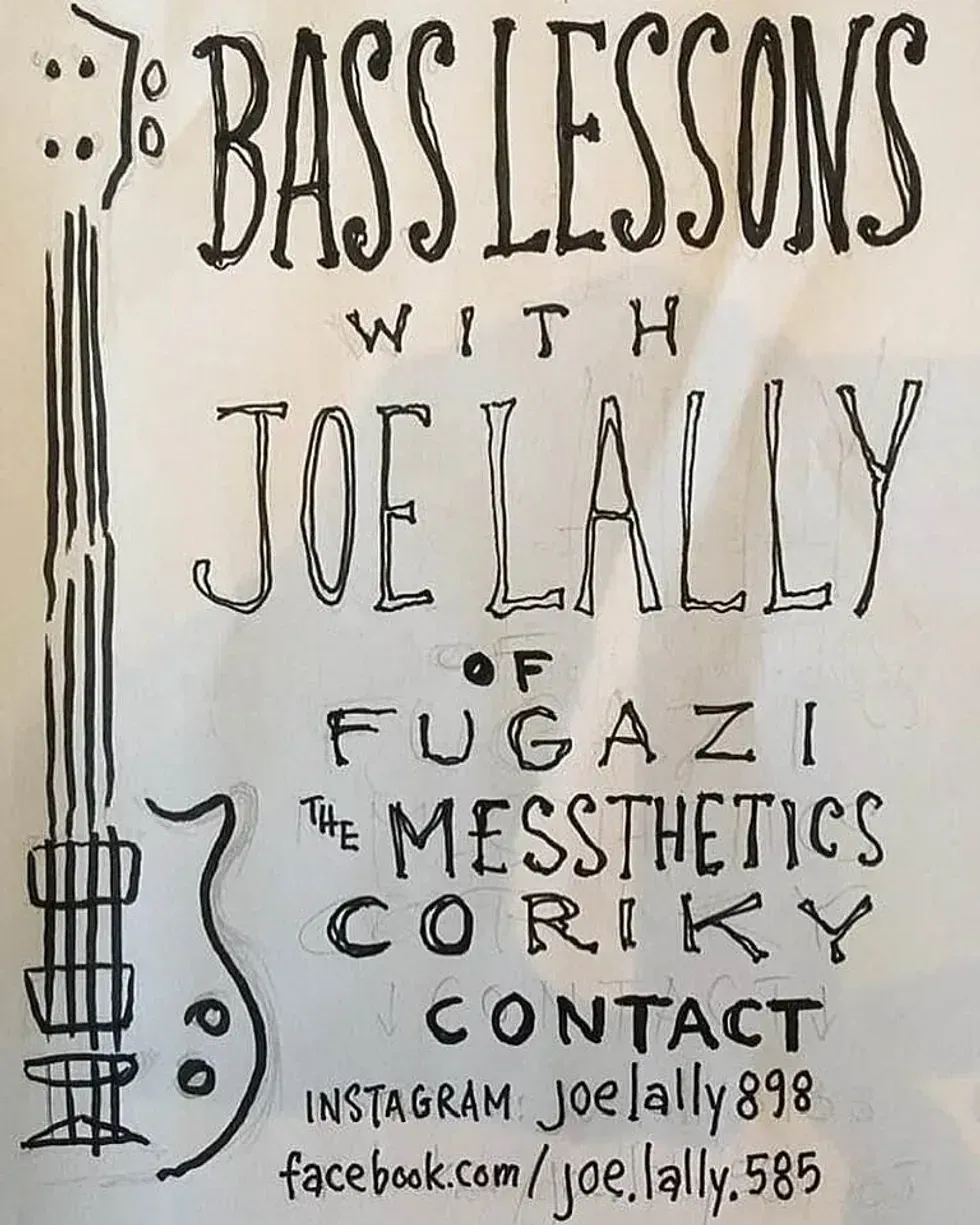Listen to the Smiths, the iconic 1980s indie-rock band from Manchester, and you’ll hear Andy Rourke’s well-crafted bass lines snaking around Johnny Marr’s intricate guitar work, Mike Joyce’s energetic drumming, and singer Morrissey’s wry vocal delivery.
But playing Smiths bass lines is a different experience altogether. Grab a pick and work your way through the thoughtful phrasing, clever choices, and spirited delivery, and you’ll realize that young Mr. Rourke was an understated genius of melodic bass. In other words, these bass lines are fun.
Andy Rourke was just 18 when he joined the Smiths, and 20 when they released their self-titled 1984 debut. Over four studio albums and numerous singles, Rourke anchored the band with memorable bass melodies that weaved through Marr’s busy guitar parts. After the group broke up, he recorded as a session musician with artists like Sinead O’Connor and the Pretenders, played in several bands, and worked as a club DJ. He died of pancreatic cancer in 2023, when he was 59.
To pinpoint the Smiths songs with the most fun-to-play bass lines, I consulted the experts: bass players from five Smiths tribute bands, all from California. These folks cop Andy Rourke’s style night after night, so who better to know which lines are the most fun? Here are our panelists:
James Manning plays in Shoplifters United, based in Marin County, north of San Francisco’s Golden Gate Bridge. He’s originally from Monmouth, Wales.
Martin “Ronky” Ronquillo plays in Los Esmiths from Calexico, California, near the southern border, as well as San Diego Smiths tribute band, Still Ill.
Mark Sharp plays in the Bay Area’s This Charming Band, as well as in tributes to the Cure, U2, and others.
Monica Hidalgo played in all-female Smiths tribute band Sheilas Take a Bow, with her sisters, Melissa and Melinda. They’re from the San Gabriel Valley, east of Los Angeles.
Joe Escalante has been in the pioneering punk rock band the Vandals since 1980, and with the L.A.-based Smiths and Morrissey tribute band Sweet and Tender Hooligans since 2004.
“Barbarism Begins at Home,” 'Meat Is Murder,' 1985
Manning: I love this line and I dread it. You’ve got to have stamina, especially if you’re playing it in regular E tuning. Tuning up to F# like Andy did makes it easier and the extra string tension adds to the twangy top end.
Ronquillo: This is one of those parts that just makes you feel like a bass player. It’s high energy, it feels good, and it’s maybe his funkiest bass line.
“Heaven Knows I’m Miserable Now,” single, 1984
Sharp: With Morrissey’s lyrics, the shimmering Johnny Marr guitar parts, and Rourke’s amazing bass lines, this song is perfection. The bass parts are technically just brilliant.
Escalante: This line is fun to play but really hard. We played some events with Andy DJing, and he would ridicule me for trying to play these songs in E tuning instead of F#.
“The Queen is Dead,” 'The Queen Is Dead,' 1986
Hidalgo: This one is fun because it’s kind of funky. I would go to our drummer’s house and we would play the main riff for hours, just to make sure we were locked in.
Escalante: This is the song I warm up with, even when I'm playing with the Vandals.
“We played some events with Andy DJing, and he would ridicule me for trying to play these songs in E tuning instead of F#.” —Joe Escalante
“Cemetry Gates,” 'The Queen Is Dead,' 1986
Hidalgo: I really love this one. His bass line is very melodic, and it fits so nicely with the guitar.
Escalante: This one kind of just pops, and the lyrics are so dark but the bass line is really fun and playful.
“This Charming Man,” single, 1983
Manning: The bass is such a driving force and I love the vibe of it. Very soulful in the rhythms. There’s a part where he breaks into walking bass—it’s so unexpected.
Sharp: It’s an absolute standout track that showcases the perfect musical symmetry of Johnny Marr and Andy Rourke.
“Bigmouth Strikes Again,” 'The Queen Is Dead,' 1986
Hidalgo: It melds that tiny bit of funk with faster rock and a driving rhythm. You can hear how his influences come together.
“Still Ill,” 'The Smiths,' 1984
Ronquillo: This is a fun bass line, but it’s easy to get lost in. You’ve got to concentrate and can't really dance around, cause you gotta focus and get in the zone.
“There Is a Light That Never Goes Out,” 'The Queen Is Dead,' 1986
Hidalgo: People love this song, and it has that smooth vibe. The eighth notes are smooth and consistent.
“I Want the One I Can’t Have,” 'Meat Is Murder,' 1985
Ronquillo: This is a really fun song that’s pretty upbeat, and fast-paced. It gets you into that flow state.
“Girlfriend in a Coma,” 'Strangeways Here We Come,' 1987
Sharp: Andy’s performance highlights his different musical influences, as the reggae-flavored bass line works perfectly in the song.
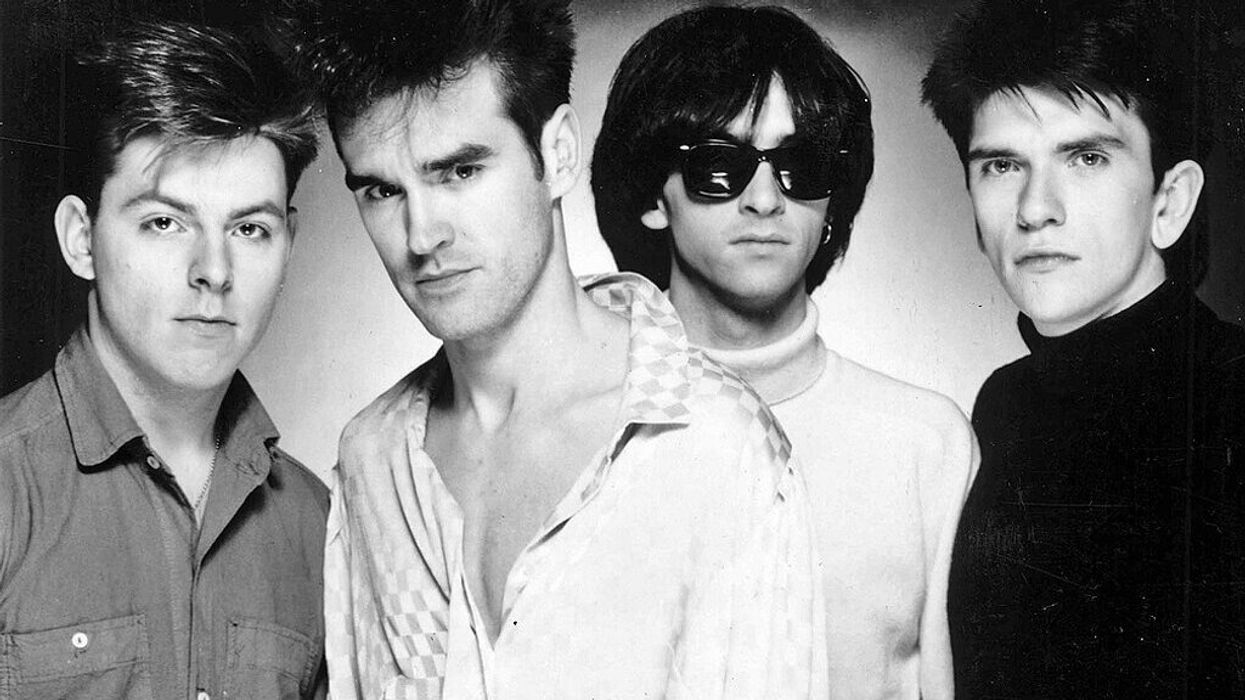

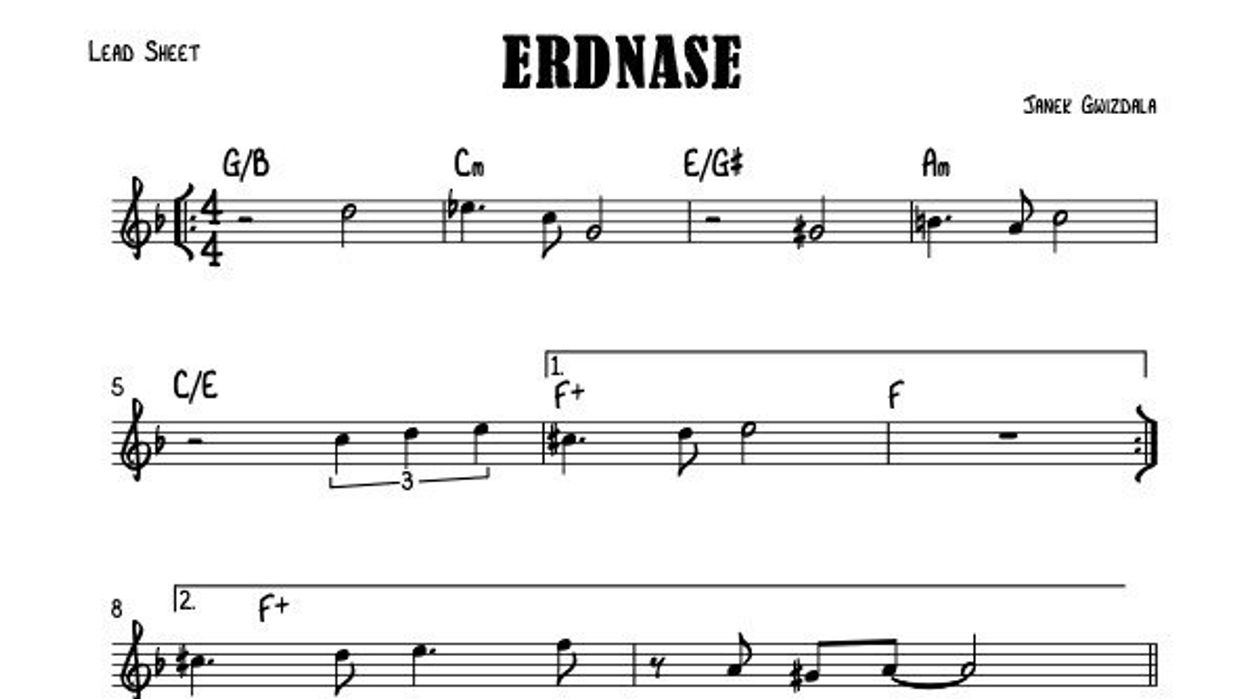
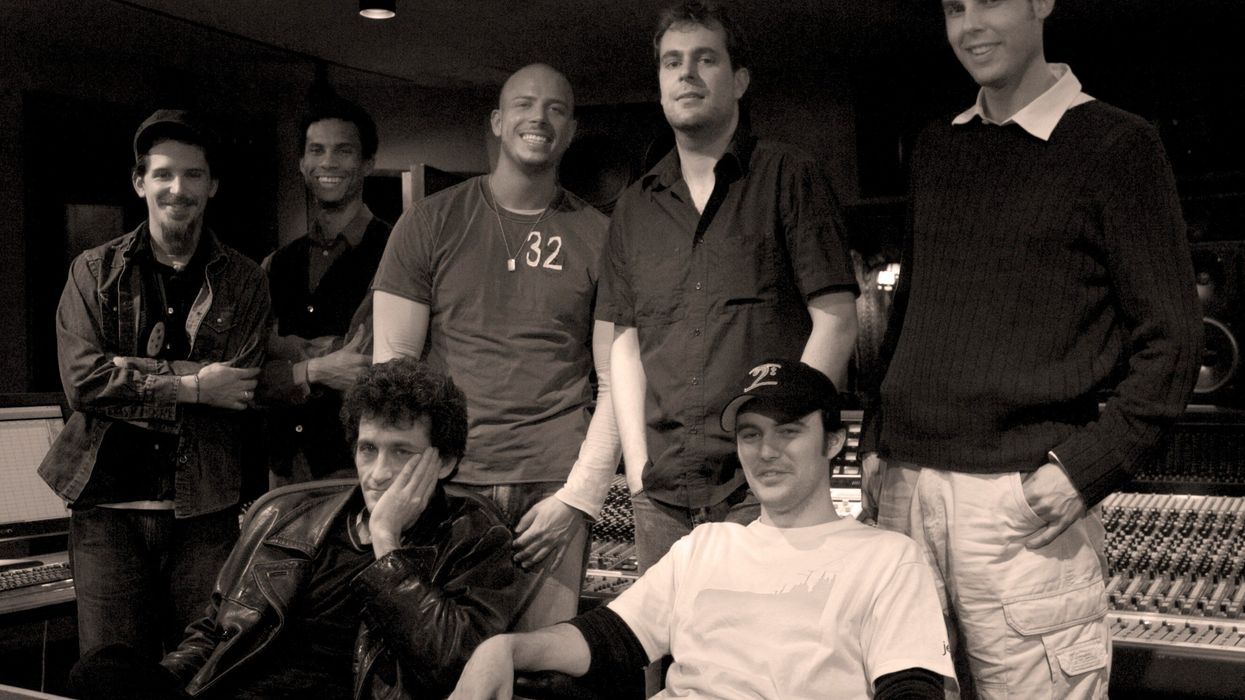
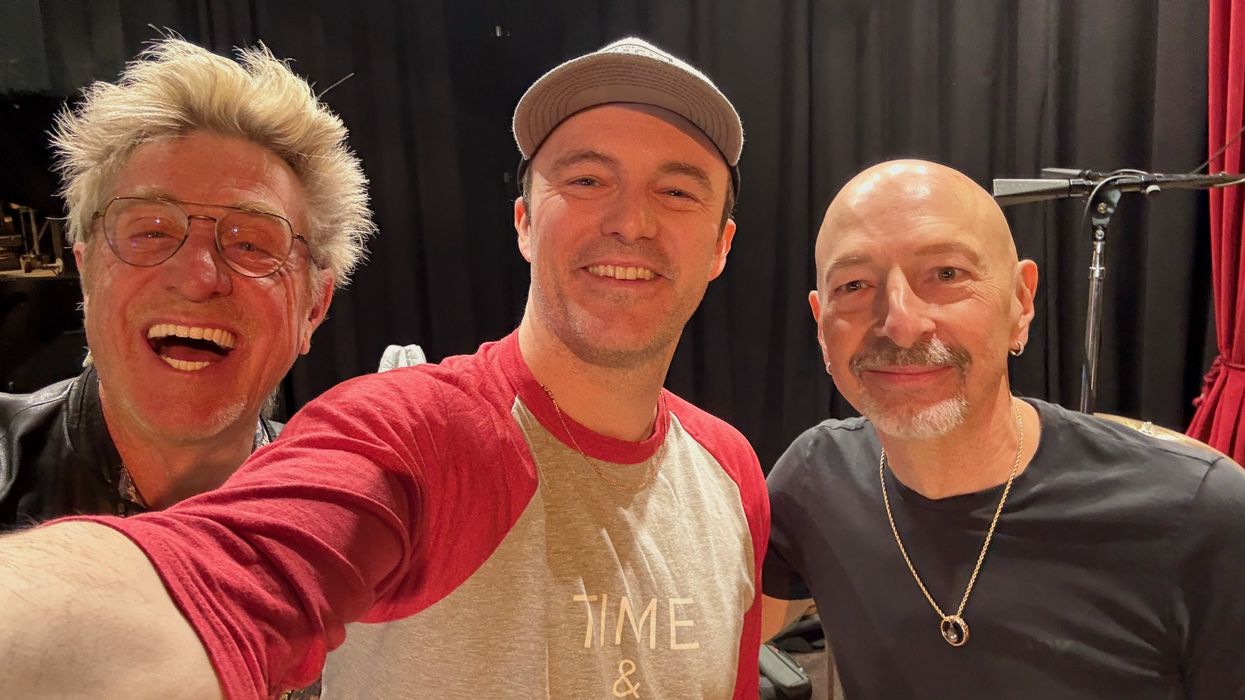
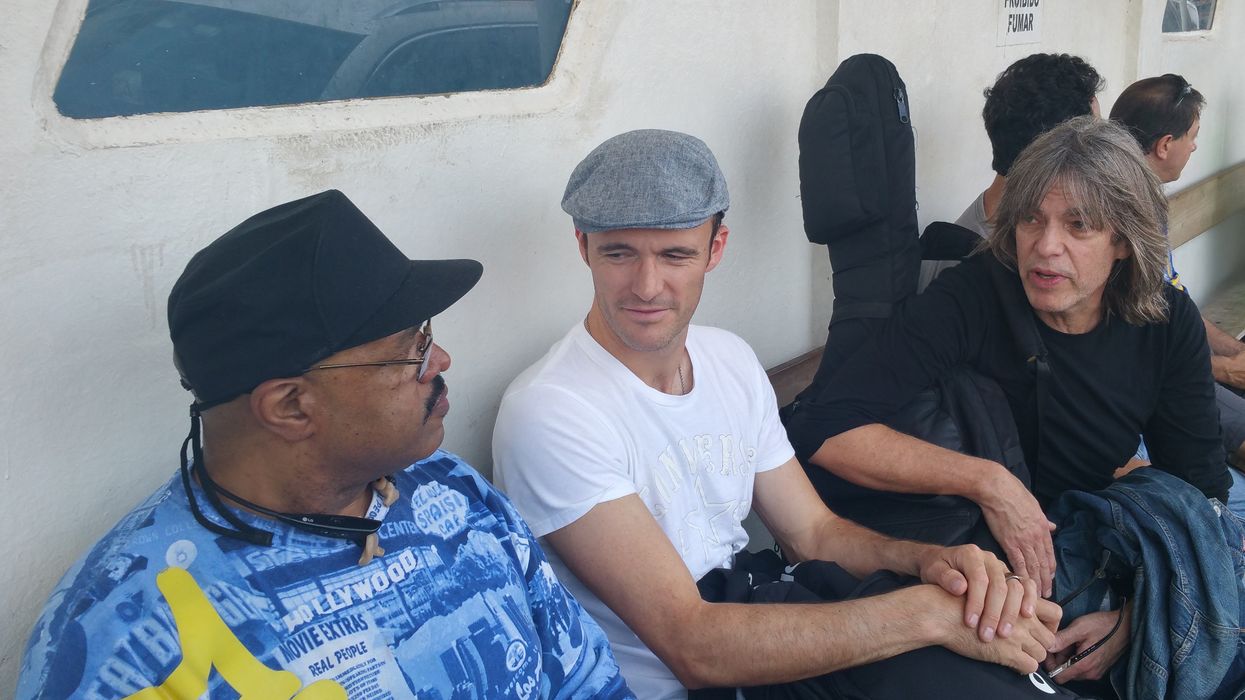





![Devon Eisenbarger [Katy Perry] Rig Rundown](https://www.premierguitar.com/media-library/youtube.jpg?id=61774583&width=1245&height=700&quality=70&coordinates=0%2C0%2C0%2C0)
